In recent days the US Navy and Royal Navy have released a series of images and also briefings on the first such operational venture into the Barents Sea by a surface warship task group from the two NATO navies for more than 20 years.
Western warships have been there, of course, since the end of the Cold War, on defence diplomacy and even joint exercises with the Russian Navy, which considers the Barents mare nostrum, while NATO submarines have been more covert visitors.
Here WARSHIPS IFR Editor Iain Ballantyne recalls how he was there at the end of the Cold War between the British and Soviet navies, when, despite an edgy start, it seemed to herald a new era of peace and harmony…
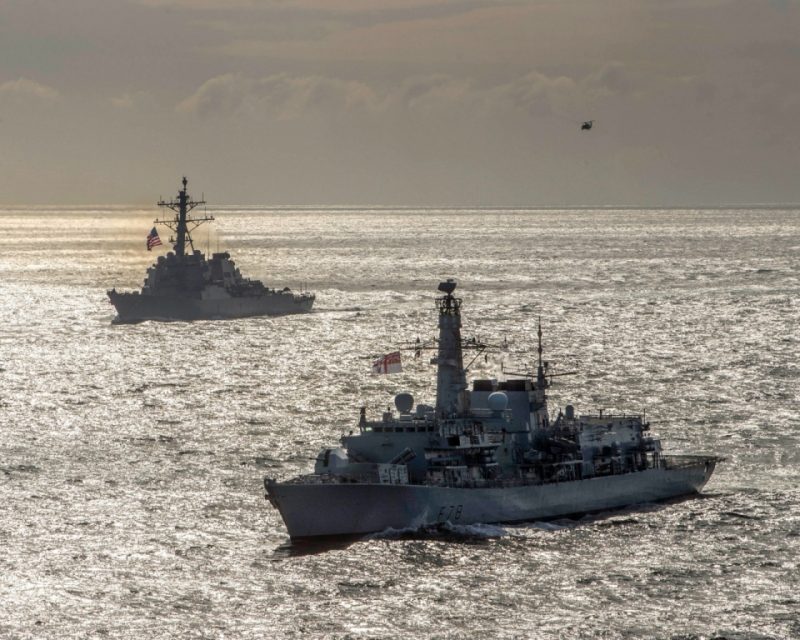
Sailing across the Barents Sea as an embedded journalist aboard the anti-submarine and intelligence-gathering frigate HMS London in summer 1991 was a voyage into uncertainty.
During the notorious hardliners’ coup there were real fears that Mikhail Gorbachev would fall and the communist hardliners would return us all to the deep freeze of the East-West confrontation.
By late August the coup appeared to have collapsed and so, despite enduring anxiety over who exactly called the shots in the Soviet Union, HMS London was still sent into the High North on what was a long-planned diplomatic mission, to make visits to Murmansk and Archangel.
What kind of reception would the Russians now give to HMS London? As she steamed ever further east into the Barents, the frigate was overflown by Soviet jet bombers and shadowed by a sinister-looking Russian destroyer. It was said that somewhere out there a Russian submarine lurked, keeping an eye on the British warship and accompanying fleet tanker RFA Tidespring, while a Royal Navy SSN was likely trailing the Soviet boat.
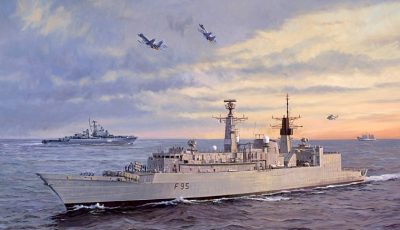

My notebook of the time records the pivotal moment: ‘As HMS London sailed out of a brilliant orange sunset in the west, the Soviet Navy frigate Gromky suddenly plunged out of the steel grey curtain of drizzle and gloom that had fallen in the East. She closed in spectacular fashion – at her top speed…prow plunging into the sea, ploughing a furious furrow of spray. The crew of HMS London, who were told to clear lower decks, gave her a rousing welcome, cheering “hurray! hurray! hurray!” and lifting their caps in salute. The Gromky’s crew replied in similar fashion and with great gusto.
‘Then all eyes switched skywards as two Soviet naval air arm SU-27 Flanker fighters wheeled low overhead with a bunsen burner roar. They dipped their wings in salute before their pilots pulled back hard on their control columns, showing off what fantastic technology the Soviets could produce to the old enemy… taking their jets up in a spectacular climb above the British frigate.’
The roar of the jets faded away and now all eyes were searching for signs of the official welcoming party, which duly arrived. My diary notes recorded: ‘Soon HMS London was cloaked in black, red and grey smoke, created by Soviet naval vessels only faintly made out in the gathering night. Flares dropped from low flying Mail anti-submarine flying boats and May maritime patrol aircraft created more smoke. When the smoke screens dispersed London found herself passing the Soviet Navy hospital ship Svir, which was carrying more than 100 British and Russian veterans of the [WW2] Arctic convoys. The cheering veterans welcomed HMS London to the fold, shouting and waving from the guardrails of the Svir’s packed upper decks.’
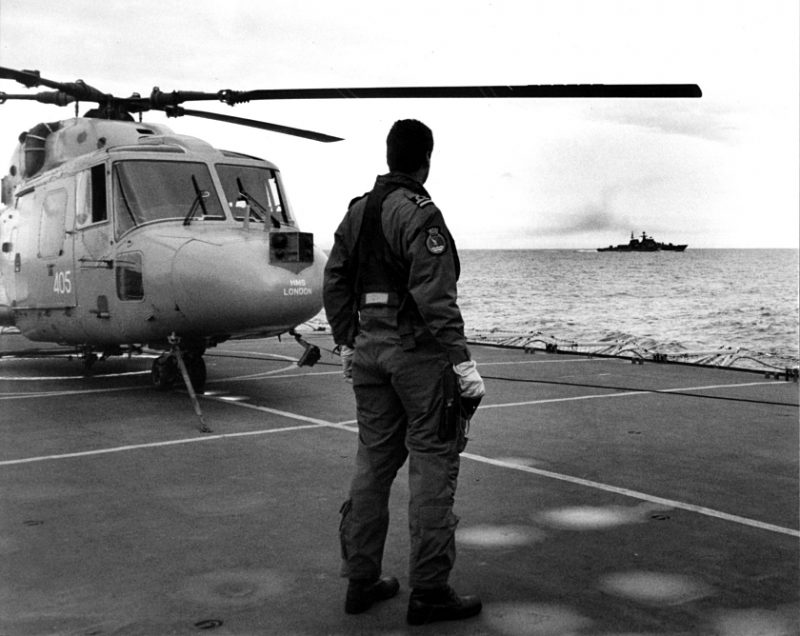
That, under 30 years later, we have again moved to a situation where the two navies are now in confrontation on the high seas is, to say the least, a deeply dispiriting turn of events. The British naval visits to Murmansk and Archangel were a huge success as were subsequent defence diplomacy missions, including to Sevastopol and St. Petersburg, which I also covered.
A major common objective for such visits was honouring the joint efforts of both nations in achieving the defeat of Nazi Germany in WW2, something that still has relevance with the passing of VE Day 75 this month (May). These days the Russian government seeks to point score over the former Western allies about who did the most to beat Hitler, especially in terms of sheer blood sacrifice for the cause. Back in the immediate Post-Cold War era and into the 2000s it was about working together (though, even in WW2 that was by no means easy).
Last year WARSHIPS IFR ran a short series on how relations between the UK and Russian navies progressed well at first and then faltered under Vladimir Putin. Captain Jonathan Holloway, who was the UK Naval Attache in Russia from 2003 to 2006, concluded his three-part analysis by observing: ‘Russia is a difficult partner at the best of times, and her geo-strategic aims are frequently at odds with the UK’s, especially at the moment. Yet, beneath all the antagonistic rhetoric and aggressive posturing, I am sure that there remain the seeds of mutual respect, common history and warmth that, given the right conditions, can grow again into something meaningful.’
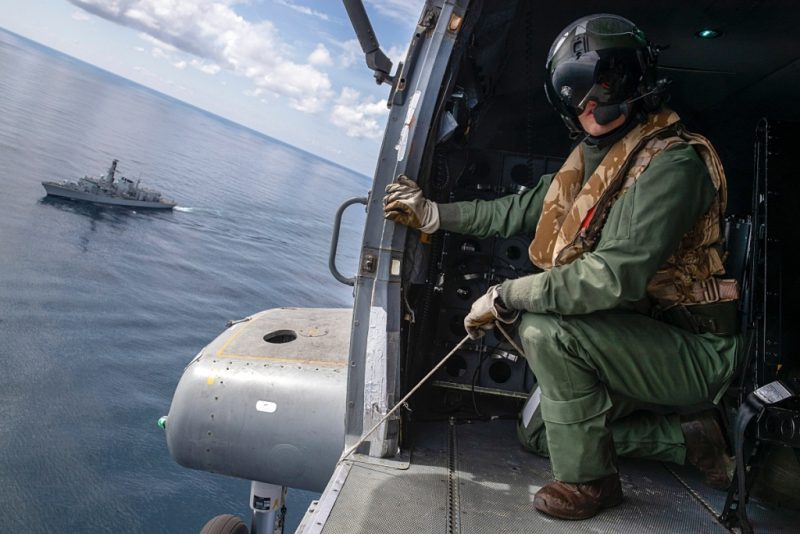
-
This commentary is a revised version of an article that appeared in the April 2019 edition of WARSHIPS IFR. The story of HMS London’s historic summer 1991 visit to Russia is also told in Iain Ballantyne’s book ‘HMS London’ (Pen & Sword Books)
-
To read more articles like this and get them sent direct to you in our hard copy magazine or its digital edition SUBSCRIBE


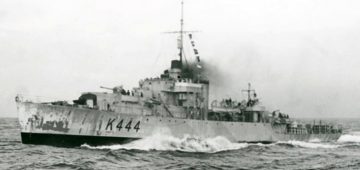

Comments
Sorry, comments are closed for this item